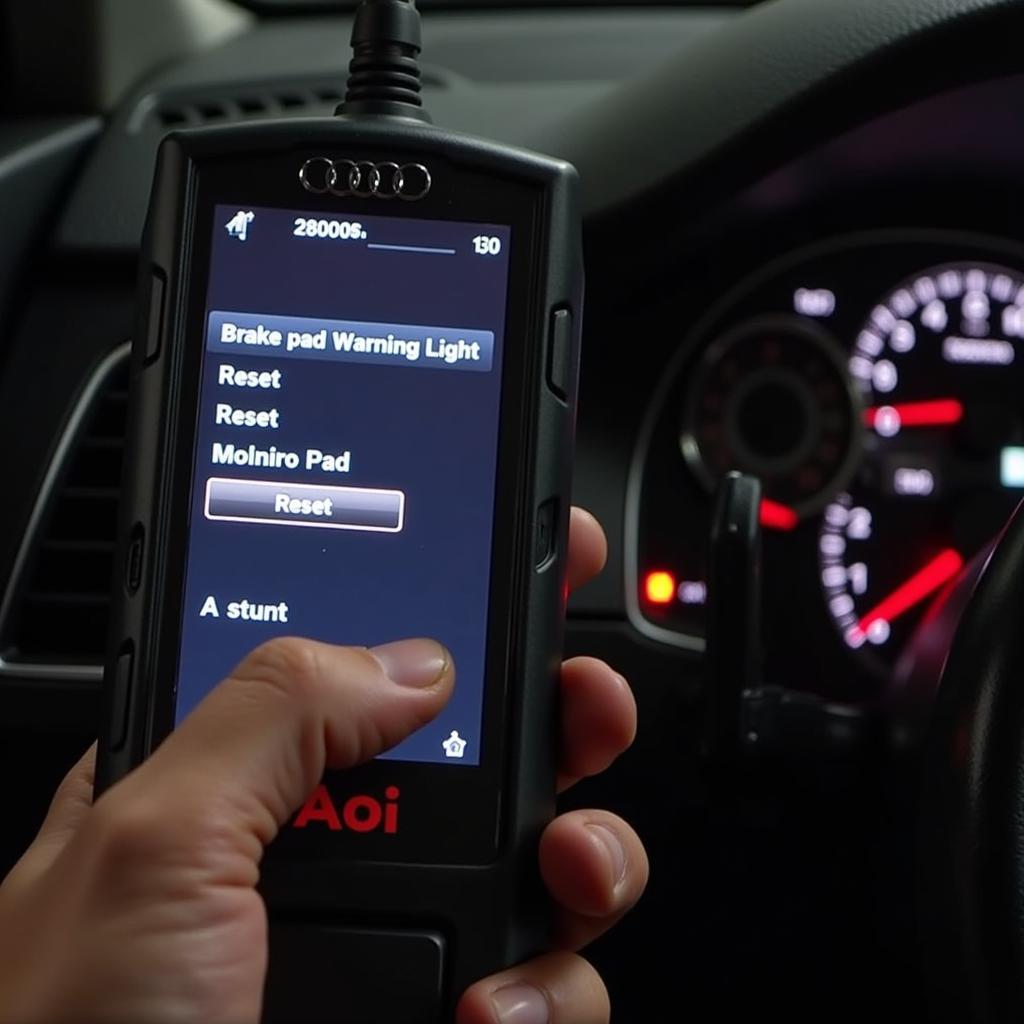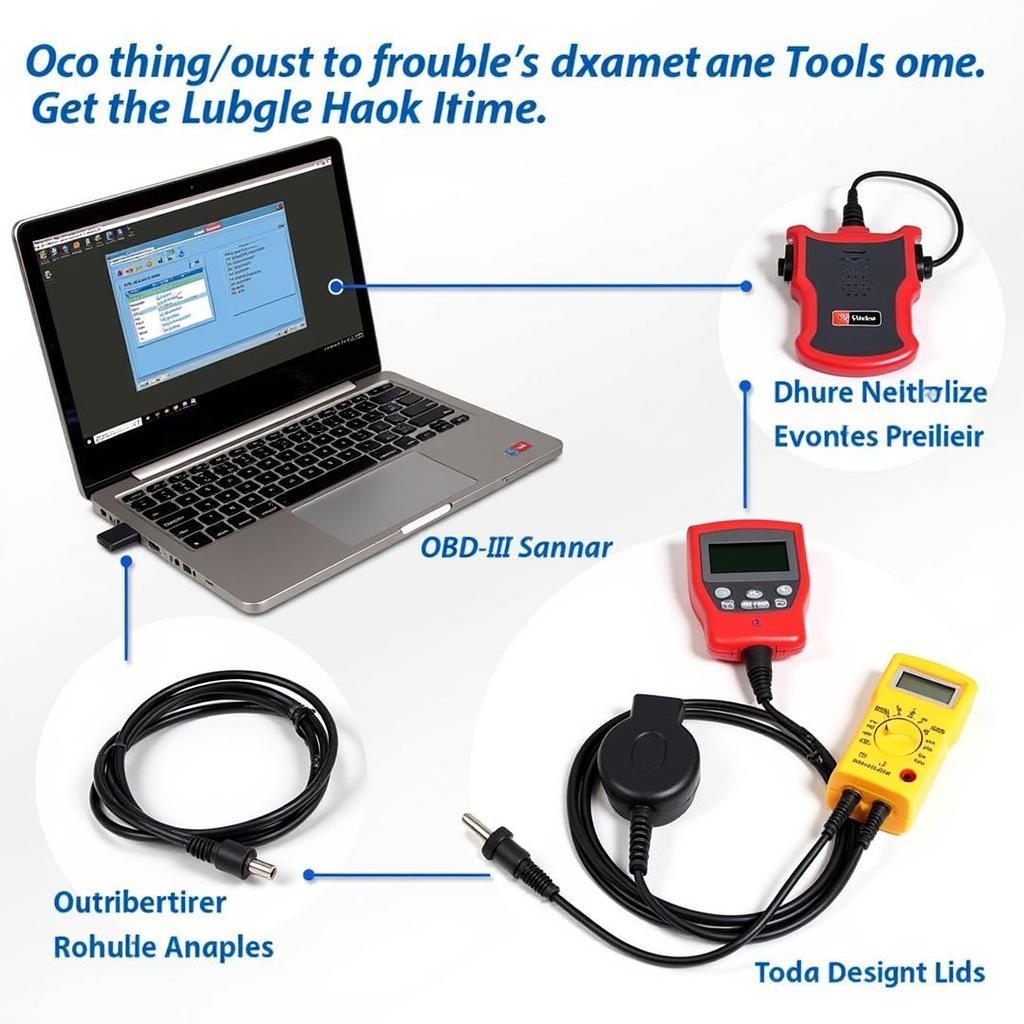Owning a Nissan Altima is great—until you experience issues with your key fob. Whether your key fob is completely unresponsive or you’re just having intermittent issues, it can be incredibly frustrating when you can’t rely on this essential piece of technology. This article serves as your comprehensive guide to understanding, troubleshooting, and resolving common Nissan Altima key fob problems.
Common Nissan Altima Key Fob Issues
Before diving into solutions, let’s identify common culprits behind those frustrating key fob malfunctions:
- Dead Battery: This is the most frequent offender. A weak or dead key fob battery is often indicated by a gradual decrease in the fob’s operating range, requiring you to be closer to the car for it to register.
- Key Fob Programming Errors: Over time, the programming linking your key fob to your car can become corrupted or lost, leading to synchronization issues.
- Internal Key Fob Damage: Physical damage from drops, water exposure, or general wear and tear can impact your key fob’s internal components, affecting its functionality.
- Antenna Problems: Both the antenna in your key fob and the receiver antenna in your car are crucial for communication. Damage or malfunction in either can disrupt the signal.
Troubleshooting Your Nissan Altima Key Fob
Here’s a step-by-step approach to help you diagnose the root of your key fob issues:
- Check and Replace the Battery: Begin with the simplest solution. Even if your key fob is partially functioning, it’s a good idea to replace the battery, especially if it’s been a while since the last replacement. Key fob batteries typically last 3-5 years. You can find the correct battery type in your Altima’s owner’s manual.
- Reprogram Your Key Fob: If a battery change doesn’t work, try reprogramming your key fob. This process varies slightly between Altima model years but generally involves a sequence using the car key, ignition, and door locks. You’ll find specific instructions in your owner’s manual or you can search online for a tutorial for your specific Altima model year.
- Inspect for Physical Damage: Examine your key fob carefully for any signs of physical damage like cracks, loose buttons, or water exposure. If you notice anything significant, it’s best to consult a qualified automotive locksmith or your Nissan dealership. They can assess the damage and advise on repair or replacement options.
- Seek Professional Diagnostics: If you’ve exhausted the basic troubleshooting steps and are still facing issues, it’s time to call in the professionals. A qualified automotive locksmith or your Nissan dealership can run advanced diagnostics to pinpoint the problem, whether it’s a faulty antenna or a deeper issue within your car’s immobilizer system.
Preventing Future Nissan Altima Key Fob Problems
While not all problems are avoidable, here are some preventive measures to keep your key fob functioning smoothly:
- Regular Battery Replacement: Make it a habit to replace your key fob battery every 2-3 years, even if it’s still working. This proactive approach can save you from unexpected lockouts.
- Handle with Care: Just like any electronic device, your key fob is sensitive to impact. Avoid dropping it or exposing it to extreme temperatures or water.
- Keep Away From Interference: Electromagnetic interference from devices like laptops, cellphones, or even certain household appliances can potentially disrupt your key fob signal. Store your key fob away from such devices when not in use.
how to change battery on dodge key fob
When to See a Professional
Don’t hesitate to seek help from an automotive locksmith or your dealership if:
- DIY troubleshooting doesn’t solve the problem
- Your key fob is visibly damaged
- You suspect the issue stems from your car’s electrical system
Conclusion
Nissan Altima key fob issues can be frustrating, but they are usually solvable. By following the troubleshooting tips outlined in this guide, you can often pinpoint the problem and potentially fix it yourself. Remember, professional help is always available if needed.


